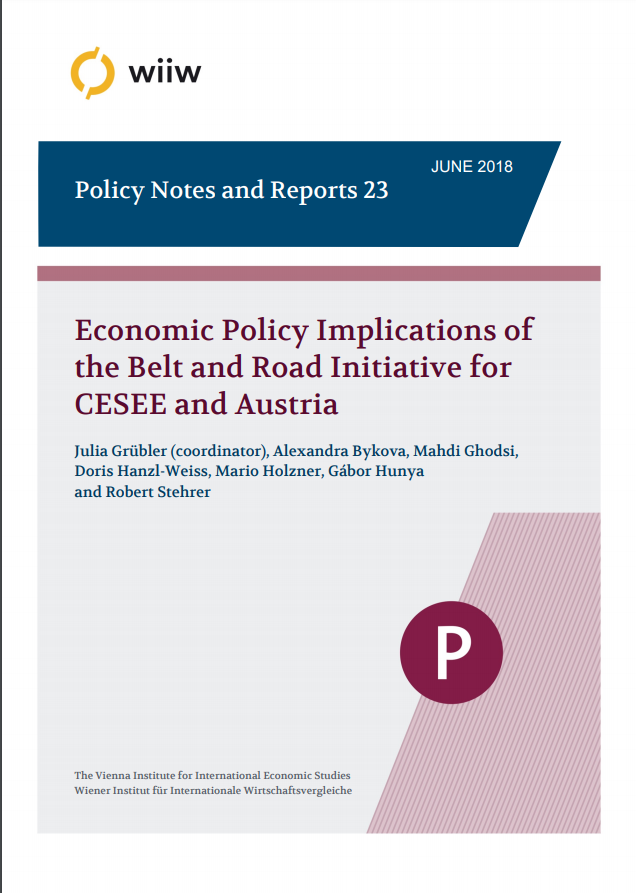Economic Policy Implications of the Belt and Road Initiative for CESEE and Austria
Economic Policy Implications of the Belt and Road Initiative for CESEE and Austria
Tweet
The Vienna Institute for International Economic Studies Wiener Institut für Internationale Wirtschaftsvergleiche; Julia Grübler (coordinator), Alexandra Bykova, Mahdi Ghodsi, Doris Hanzl-Weiss, Mario Holzner, Gábor Hunya and Robert Stehrer
Sustainable Cities
Reports
Jun 2018
The Belt and Road Initiative (BRI), a vision to revive the ancient ‘Silk Road’ by means of massive infrastructure investments throughout Eurasia and Africa, was first presented by China’s President Xi Jinping in 2013. China has identified the region of Central East and Southeast Europe (CESEE) as the gateway to Western European markets. This was manifested by the investment in the Port of Piraeus (Greece) and the diplomatic initiative ‘16+1’, comprising eleven EU Member States and five Western Balkan countries, which is interesting for Austria due to its strong economic relations with this region.

